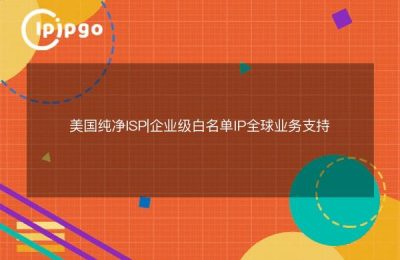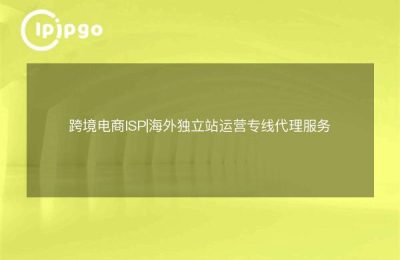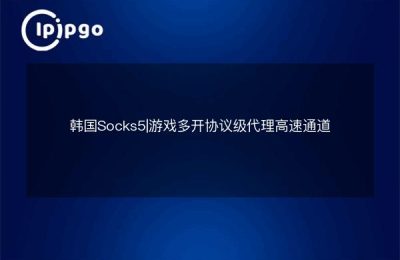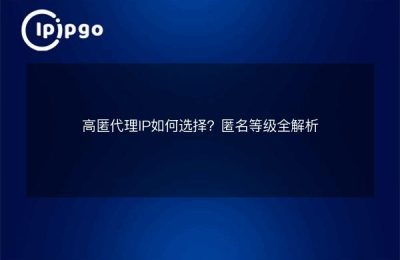
How UK Residential Agents Can Be a Precise Weapon for Localized SEO?
Businesses doing business in the UK local market have come across the situation where they are clearly ranking well for keywords, but the actual customer conversions are always not as good as expected. The problem often lies in theSearch engines can't recognize your real geographic location, resulting in misalignment of optimization strategies with local user search habits. At this time, it is necessary to establish a real localized operating environment through the UK residential proxy IP.
Real-world differences between real residential IPs and server room IPs
We have measured the search results for the same keyword in different IP environments:
| IP Type | Geographic characteristics of search results | Local business presence |
|---|---|---|
| China Server Room IP | Generalized results for the international version | 12% |
| UK Data Center IP | Basic geographic positioning | 37% |
| UK Residential IP | Complete localized presentation | 89% |
ipipgo's.90 million+ real home IP librariesWe can simulate the real Internet environment of residents in different parts of the UK, which is not possible to achieve accurate targeting with ordinary server room IPs. We once helped a furniture brand find out that Manchester users were more interested in "small apartment furniture" while London users were more likely to search for "designer furniture" by switching IPs in different cities.
Build a Localized SEO Monitoring System in Three Steps
Step 1: Geo-gridding
The UK is divided into 50km x 50km geographic grids, with each grid assigned an independent IP. ipipgo supports pinpointing by the first three digits of the zip code, e.g. "SW1A" corresponds to the area around Buckingham Palace.
Step 2: Dynamic Rotation Strategy
It is recommended to change IPs every 50 search requests processed to keep the behavior natural and to capture multidimensional data. Use ipipgo'sAPI interfaceAutomatic switching can be realized to avoid manual operation errors.
Step 3: Data Cleaning Comparison
Excluding data on advertisements inserted by the operator, focusing on:
- Local Service Provider Appearance Locations
- Frequency of map pack display
- Ranking for "near me" long-tail terms
Common operation misunderstanding and guide to avoid pitfalls
Myth 1: Changing device fingerprints frequently
➤ Correct approach: fixing device parameters + changing IPs is less likely to be recognized than changing devices
Myth 2: Ignoring IP purity
➤ Solution: ipipgo'sResidential IP dial-up over home routerThe packets are characterized by the real network environment.
Myth 3: Single city sampling
➤ Optimized scenario: coverage of at least 3 core cities + 2 satellite towns, e.g. London + Birmingham + Manchester + Reading + Coventry
QA Session: Quick Solutions to Practical Problems
Q: How many active IPs need to be maintained at the same time?
A: It is recommended that daily monitoring maintain a rotation of 10-15 active IPs, increasing to 30 during the promotional period. ipipgo supportMixed dynamic/static IPThe key operations use static IPs to maintain stability.
Q: How can I verify if the agent is in effect?
A: Visit the IP inspection page provided by ipipgo and focus on the inspection:
- Whether the ASN is attributable to the residential broadband operator
- Whether the time zone corresponds to the physical location
- Whether to use a local service provider for DNS resolution
Q: What should I do if I encounter a surge of CAPTCHAs?
A: Immediately suspend operation and check:
- Whether the frequency of IP change is beyond normal user habits
- Whether there are abnormal operations across time zones
- Whether the request header information is passed in full
It is recommended to enable ipipgo'sBrowser Fingerprint Synchronization, keeping the device parameters consistent with the IP geolocation.
Local search data obtained through real residential agents often reveals unexpected optimization opportunities. A pet products client once found that Liverpool users' weekend search volume was 300% higher than weekdays, and accordingly adjusted the ad placement time slot to reduce CPC costs by 40%. This level of market insight can only be gained through continuous monitoring based on real residential IP.








